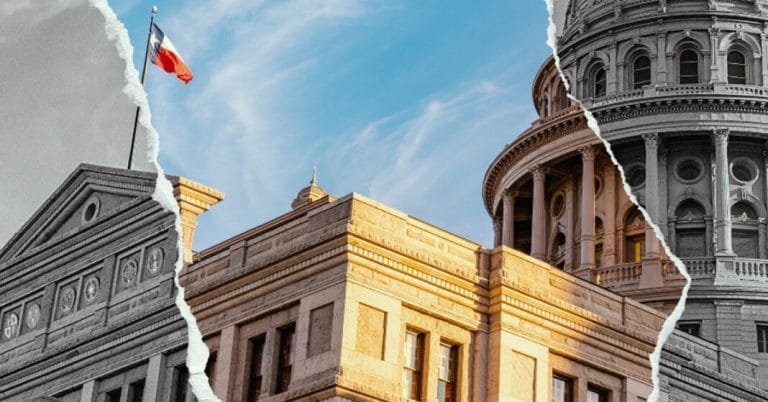🎧 Listen to This Article
Acting Texas Comptroller Kelly Hancock has confirmed that the state’s Biennial Revenue Estimate (BRE) for fiscal years 2026–2027 remains unchanged, with $3.1 billion available for general-purpose spending through August 31, 2027.
The update, constitutionally required at the start of a legislative session, was delivered ahead of the First Called Session of the 89th Texas Legislature, which convened today.
Steady Outlook Backed by Record Reserves
Despite ongoing macroeconomic uncertainty, the Comptroller’s office projects no deviation from the revenue forecast originally published in January. Key drivers include continued economic growth, conservative budget assumptions, and the stability of state revenues.
“Texas’ revenue estimate is holding steady,” Hancock said. “With a record balance in the Rainy Day Fund, a conservative approach to budgeting should keep us well-prepared to fund essential priorities, support growth, and respond to future needs.”
Texas’ Economic Stabilization Fund (commonly known as the Rainy Day Fund) is projected to reach $28.5 billion by the end of FY 2027, its highest level to date. The fund is expected to hit its constitutional cap in FY 2026, which could restrict future deposits unless appropriations are made—for example, for emergency or disaster relief.
Updated Cost Projections from Key Legislation
The updated BRE incorporates the fiscal impact of several significant bills passed earlier this year, including:
- House Bill 500: Supplemental appropriations
- House Bill 4486: Claims and judgments
- Senate Bill 1: Full biennial funding allocations
These measures were absorbed without requiring a revision to the overall revenue estimate, indicating adequate fiscal headroom.
Federal Reimbursements Could Provide Additional Support
The Comptroller’s office also noted the potential fiscal impact of federal legislation H.R. 1 (119th Congress), which authorizes reimbursements to states for certain border security-related expenditures. Due to Texas’ extensive ongoing activities along the southern border, the state is positioned to receive a significant share of these funds.
While the timing and full amount of reimbursements depend on pending federal regulations, the fiscal outlook could improve further once those revenues are confirmed.
Additionally, pending changes to federal Medicaid cost-sharing and nutrition program funding are not yet reflected in the estimate but may require further adjustments depending on final implementation guidelines.
Key Takeaways for Financial and Policy Professionals
- $3.1B available for general-purpose spending through FY 2027
- Rainy Day Fund to reach $28.5B, potentially hitting the cap in FY 2026
- No change in revenue outlook despite new spending from recent legislation
- Future updates expected as federal reimbursement rules are finalized
This stable forecast supports the Texas Legislature’s fiscal planning for the upcoming biennium while highlighting the importance of cautious budgeting amid global and domestic uncertainty.
For further details, clarification, contributions, or any concerns regarding this article, please get in touch with us at editorial@tax.news. We value your feedback and are committed to providing accurate and timely information. Please note that our privacy policy will handle all inquiries.



